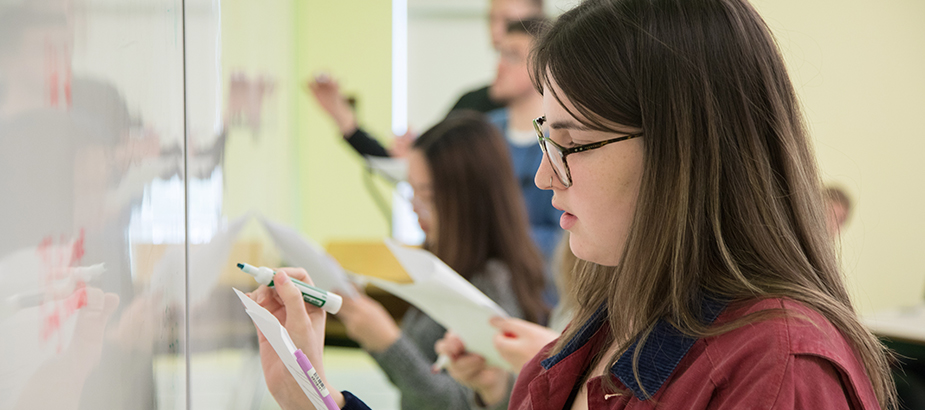Higher Level Thinking
As a higher level thinker, it is your job to realize when information is sloppy, halfformed, misleading and then to question it. To uncover bias, to differentiate between opinion and fact, to judge arguments and arrive at a conclusion based on sound reasoning and evidence.
For the beginner, this can be a bit overwhelming. That’s okay! Just remember… you are building a skill and skills take time.
Here is a list of the common types of higher level thinking you will employ throughout your studies:
- Analysis (Analytical Thinking): With analytical thinking, you break information down into its main parts
- Application (Applied Thinking): There is a problem that needs to be solved. Put your thinking cap on and solve it
- Balanced Thinking: Every point of view will have arguments for or against it. With balanced thinking, it is your job to identify these arguments
- Creative Thinking: With creative thinking, you come up with an idea that is brand spanking new and entirely your own
- Critical Thinking (Evaluative Thinking): Here, we question the strength of arguments, conclusions, organization. We question everything and look for flaws
- Multidimensional Thinking: We take something, a point of view or issue, and we study it from a variety of perspectives
- Synthesis (Integrative Thinking): This is kind of the opposite of analytical thinking. With integrative thinking, we take bits of information and put them together to create something more complex
To help sharpen your thinking skills, become familiar with the common mistakes in higher level thinking.
